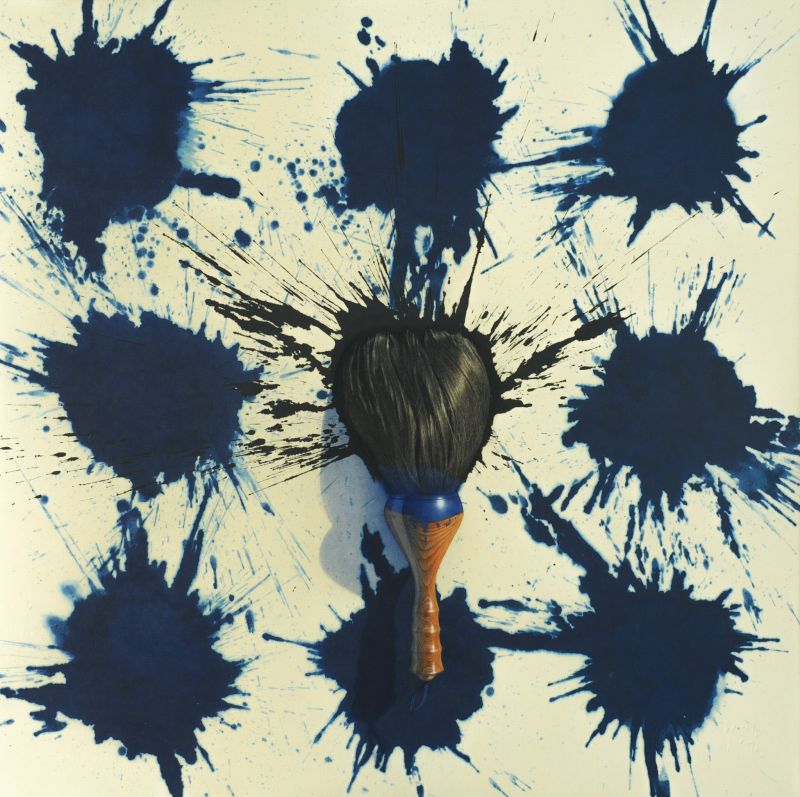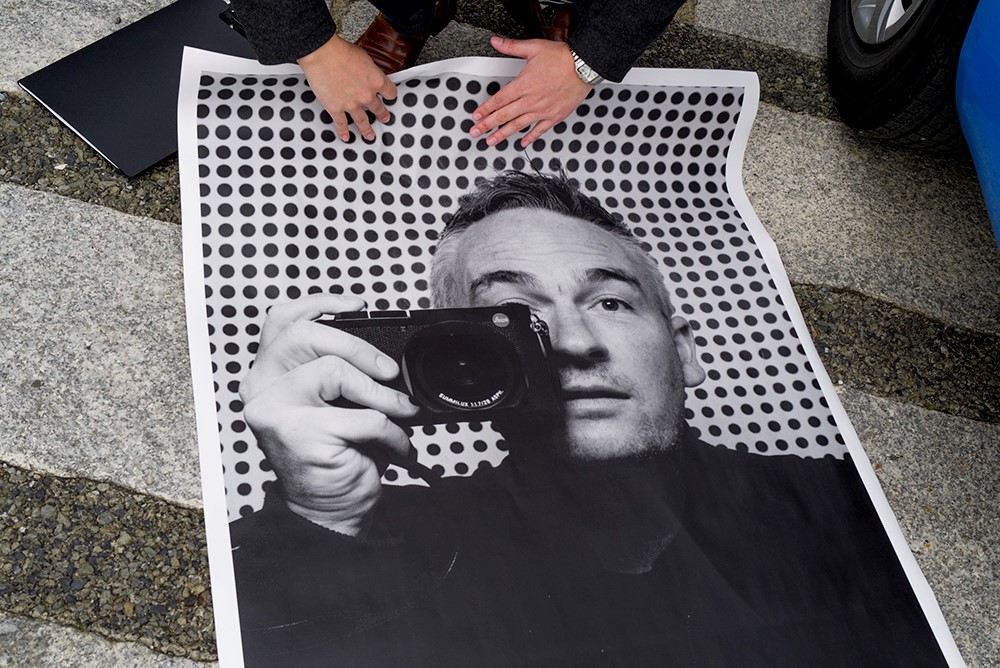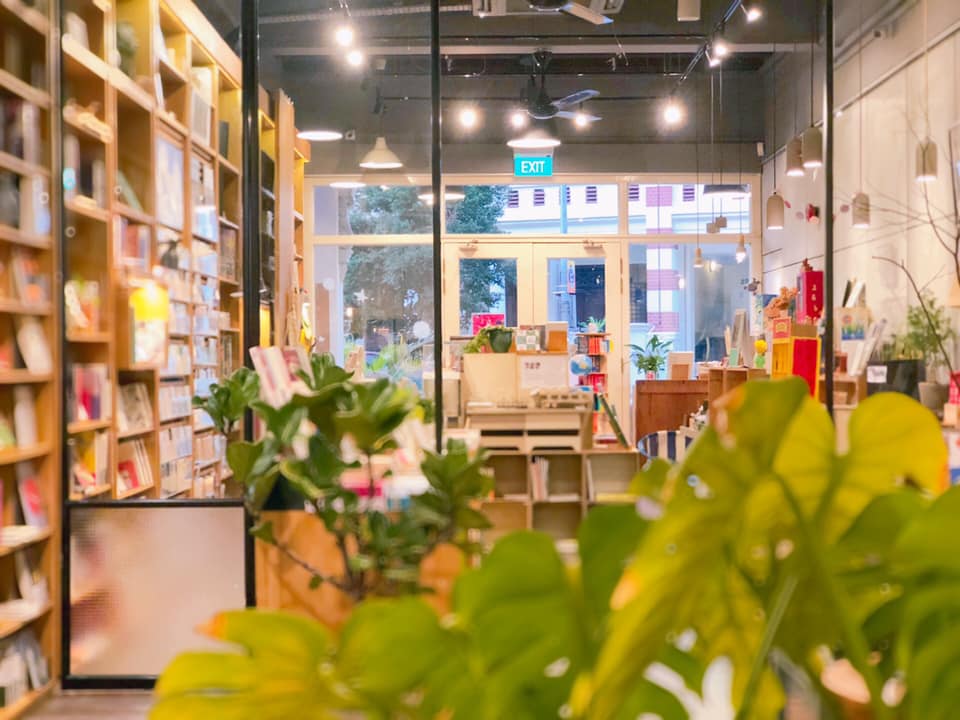When was the last time you repaired something that was broken? Or did you simply throw it away?
Our modern consumerist culture has resulted in a tremendous amount of waste each year. Most of us are guilty of it (I know I am), discarding old clothes, worn-out furniture and broken items into the trash bin without a thought.
Mass consumption has made things easier and cheaper to replace.
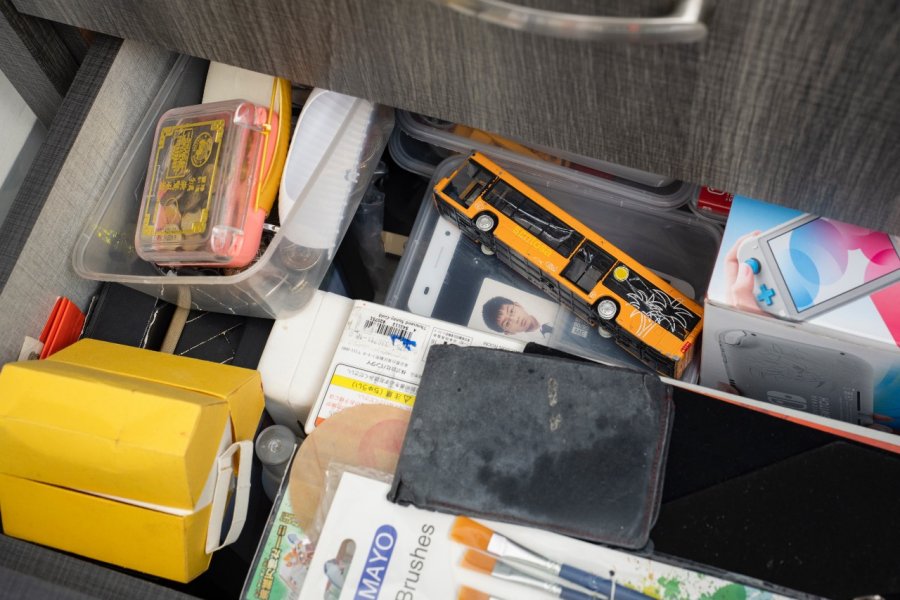
What a load of rubbish
According to the National Environment Agency, Singapore generated 7.23 million tonnes of solid waste in 2019, out of which 59 per cent was recycled. The rest were incinerated, with the incineration ash and other non-incinerable wastes sent to Semakau Landfill for final disposal. Landfill space is projected to run out by 2035.
And this is just our tiny island. Globally, about two billion metric tonnes a year of municipal solid waste are generated (based on World Bank’s 2018 ‘What a Waste 2.0’ report). At least a third of that—estimated extremely conservatively—is not managed in an environmentally safe way. Instead, they are dumped or openly burned.
Resetting the ideal of sustainability
R For Repair wants to change mindsets. The exhibition, initiated by Hans Tan Studio and commissioned by DesignSingapore Council, hopes to shine a light on the concept of ‘repair, not replace’ as a counterpoint to our throwaway culture.
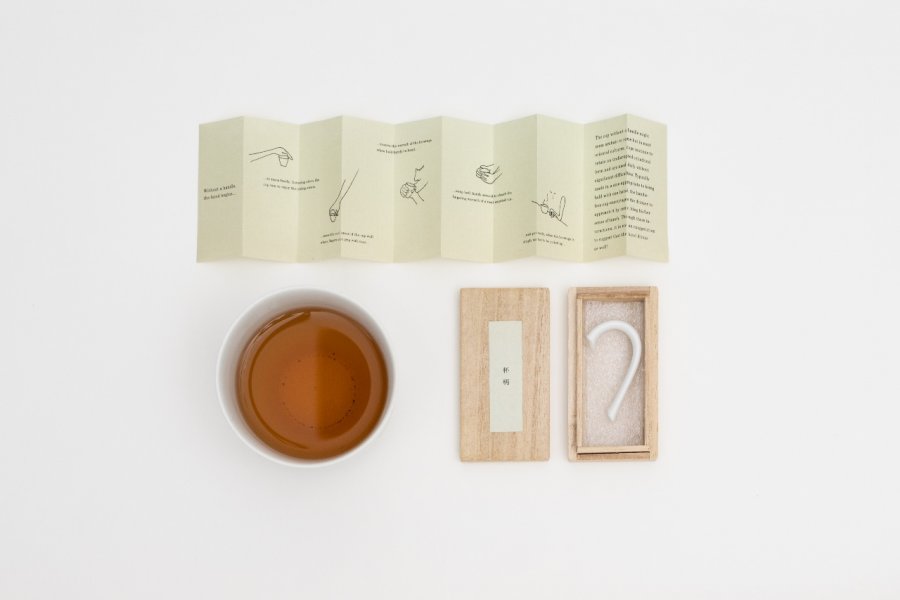
It proposes an accessible way of reducing our global output of waste—by not to create the waste in the first place. Instead of replacing something that is no longer of use with something new, we should repair what we can.
It also moves away from mere restoration and reimagines the role of repair as an inspiring activity that produces aspiring outcomes.
Ten Singaporean designers were invited to impose their creativity to the restoration of broken, faulty, worn-out objects volunteered through a public call.
The result is a collection of fascinating products that tickle our preconceptions of repair.
But beyond simply showcasing a repaired object, the exhibition will reveal the story behind it.
Each repaired object is accompanied by a narrative that’s anchored by an image of the object in its original state in situ in the home of the donor. Conversations between donor and designer are also extracted as display text, alongside a brief explanation from the designers of their design rationale and approach to repairing the object.
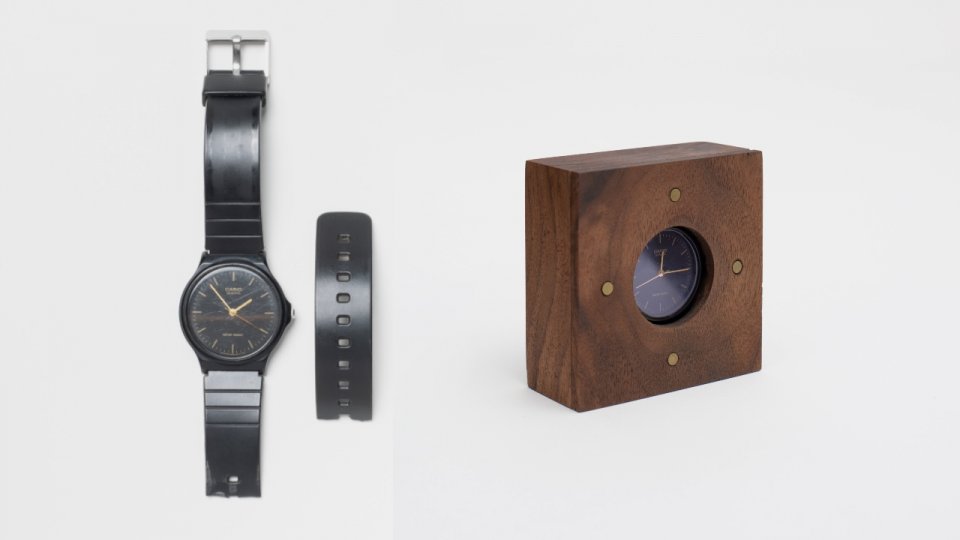
Objects range from broken spectacles to a fused radio clock. With imagination and ingenuity, they have been transformed into unique pieces that show the possibility of practicing sustainability in a desirable and purposeful way.
Try it yourself
You can do it too. Learn how to repair or reimagine your worn-out, faulty or blemished items at one of four workshops, happening on Jan 23 and 30 via Zoom. Sign up for each 45-minute session and you’ll get a repair kit by mail. Use these kits to restore the utility of your items and breathe new life into them.
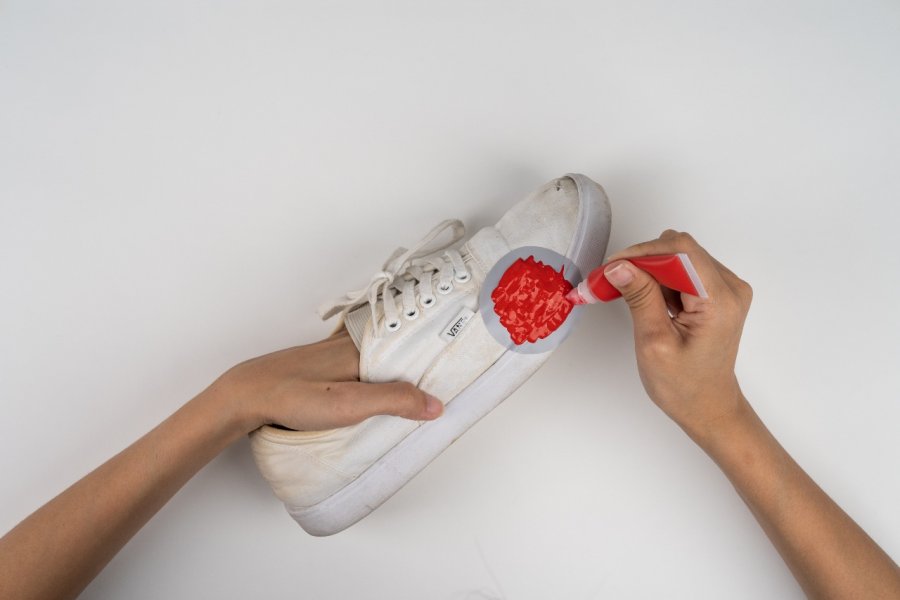
R for Repair runs from now till Feb 6 at the National Design Centre. The events are part of the centre’s ‘Sustainability & Design’ programme line-up for Jan 2021. More information available here.



